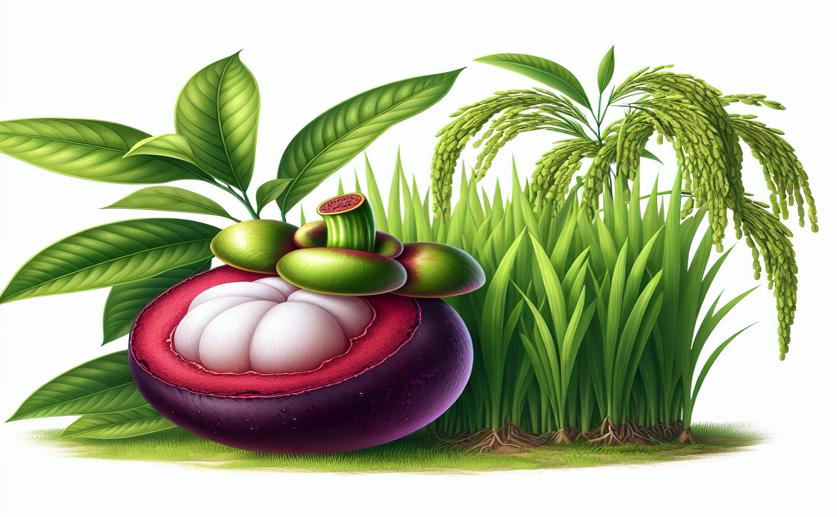
Mangosteen Peel Extract Helps Rice Grow and Fights Plant Disease
Jim Crocker
18th January, 2024

Image Source: Natural Science News, 2024
AgricultureSustainabilityBiotech
References
Main Study
1) Potential usage of biosynthesized zinc oxide nanoparticles from mangosteen peel ethanol extract to inhibit Xanthomonas oryzae and promote rice growth.
Published 15th January, 2024
https://doi.org/10.1016/j.heliyon.2024.e24076



 16th January, 2024 | Jenn Hoskins
16th January, 2024 | Jenn Hoskins